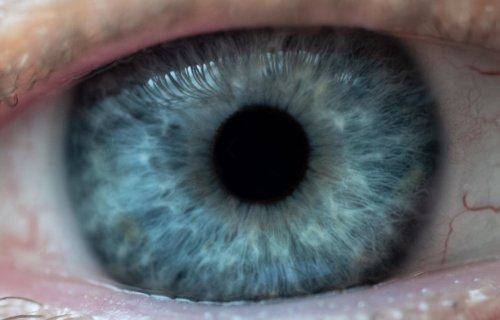LONDON — Some of the United Kingdom’s most famous paintings have been altered – to show what they’d look like to someone with glaucoma. Pieces by masters Sandro Botticelli and Thomas Gainsborough, among others, have been changed to show how they would appear to people with the devastating eye condition.
Each of the artworks, including “The Supper at Emmaus” (1601) by Michelangelo Merisi da Caravaggio, can be found at London’s National Gallery. However, researchers are showing them with blurring around the edges and missing details, replicating how they could appear to people dealing with this leading cause of vision loss.
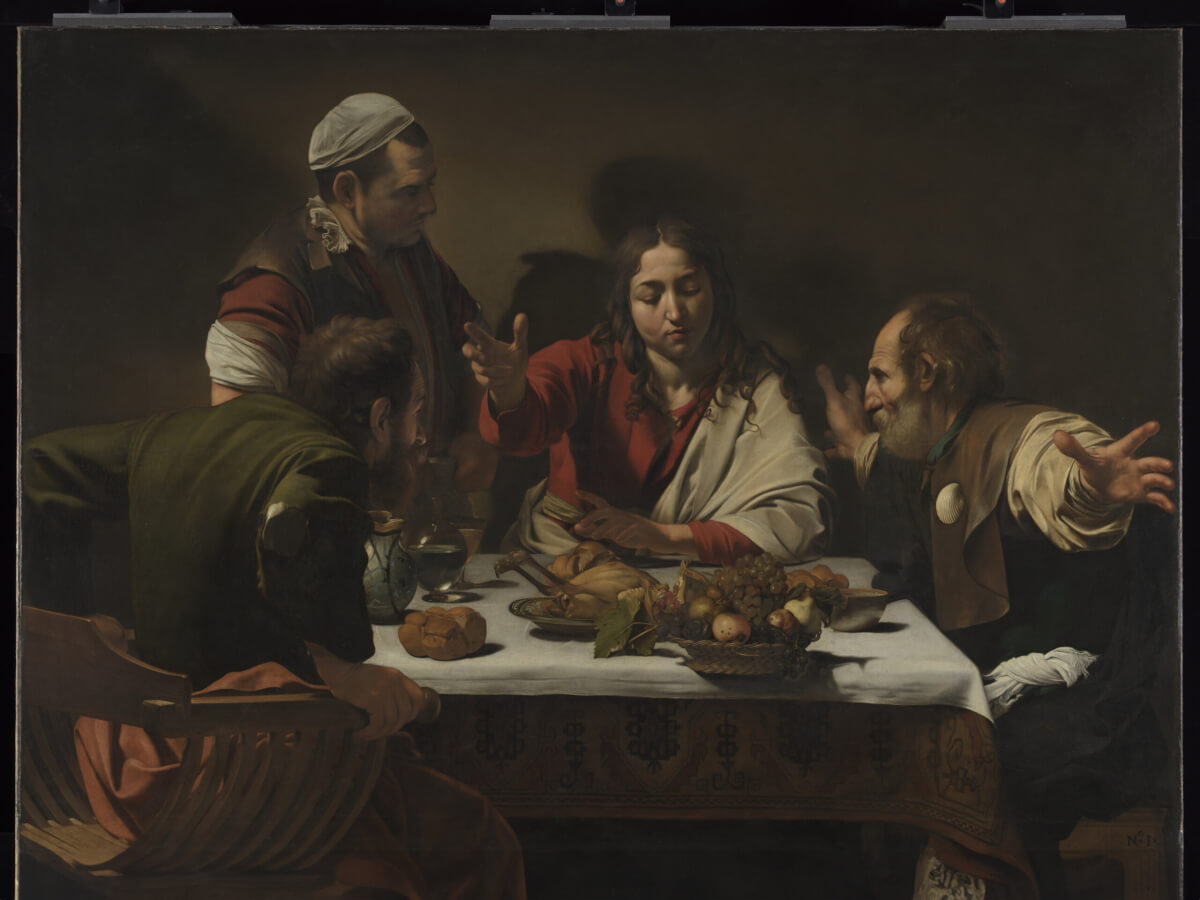
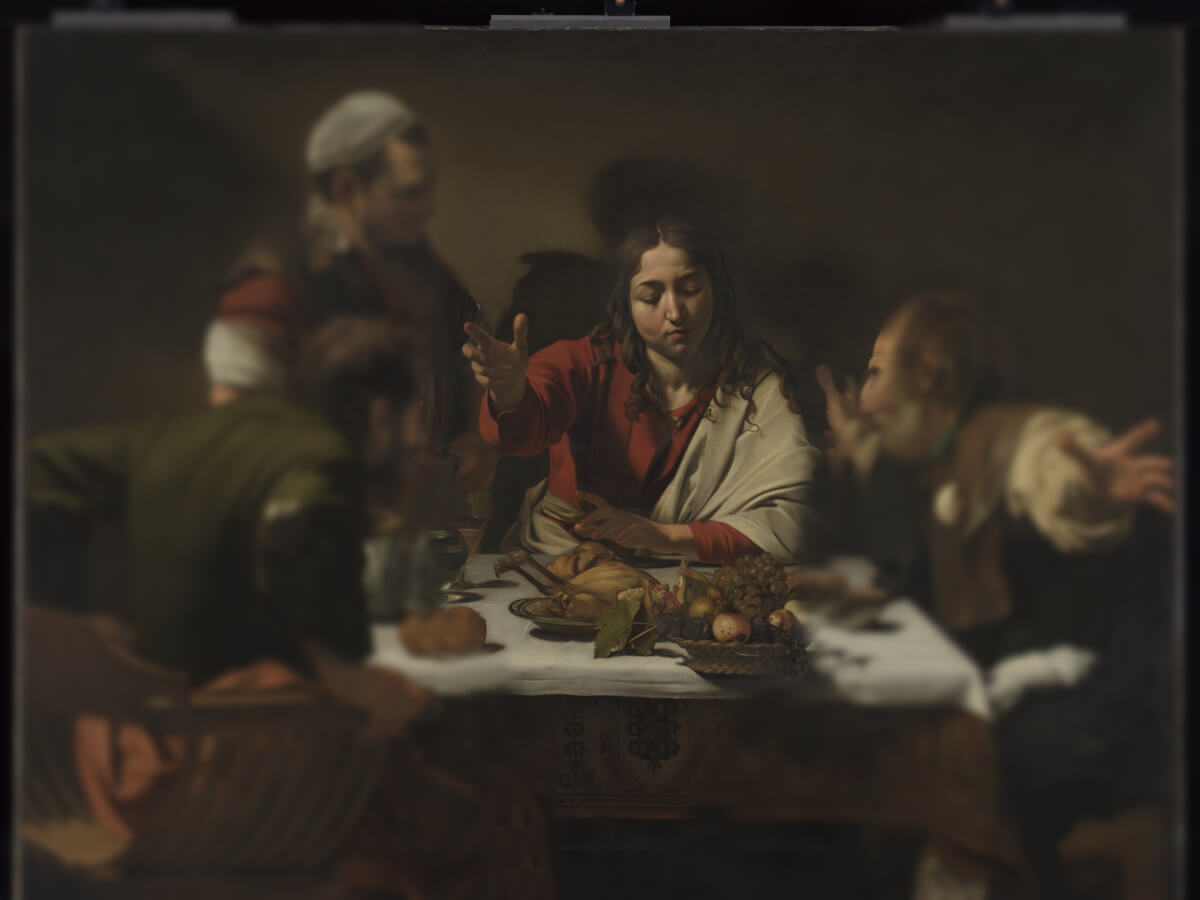
“Glaucoma is the leading cause of irreversible vision loss worldwide, currently affecting 80 million people total and 3 million people in the United States,” according to the National Institutes of Health.
“Seeing the loss of details in these famous artworks highlights just what an impact this condition can have, not just when viewing beautiful art, but also in your day-to-day life,” says Giles Edmonds, the clinical services director at Specsavers, which led the project. “Having an eye test at least every two years, regardless of age, vision issues or symptoms, is so important as this condition is treatable and it is possible to prevent potential sight loss, or even irreversible blindness.”
Other pieces of priceless art that were altered include “Bathers at Asnières” (1884) by Georges Seurat and “The Ambassadors” (1533) by Hans Holbein the Younger.
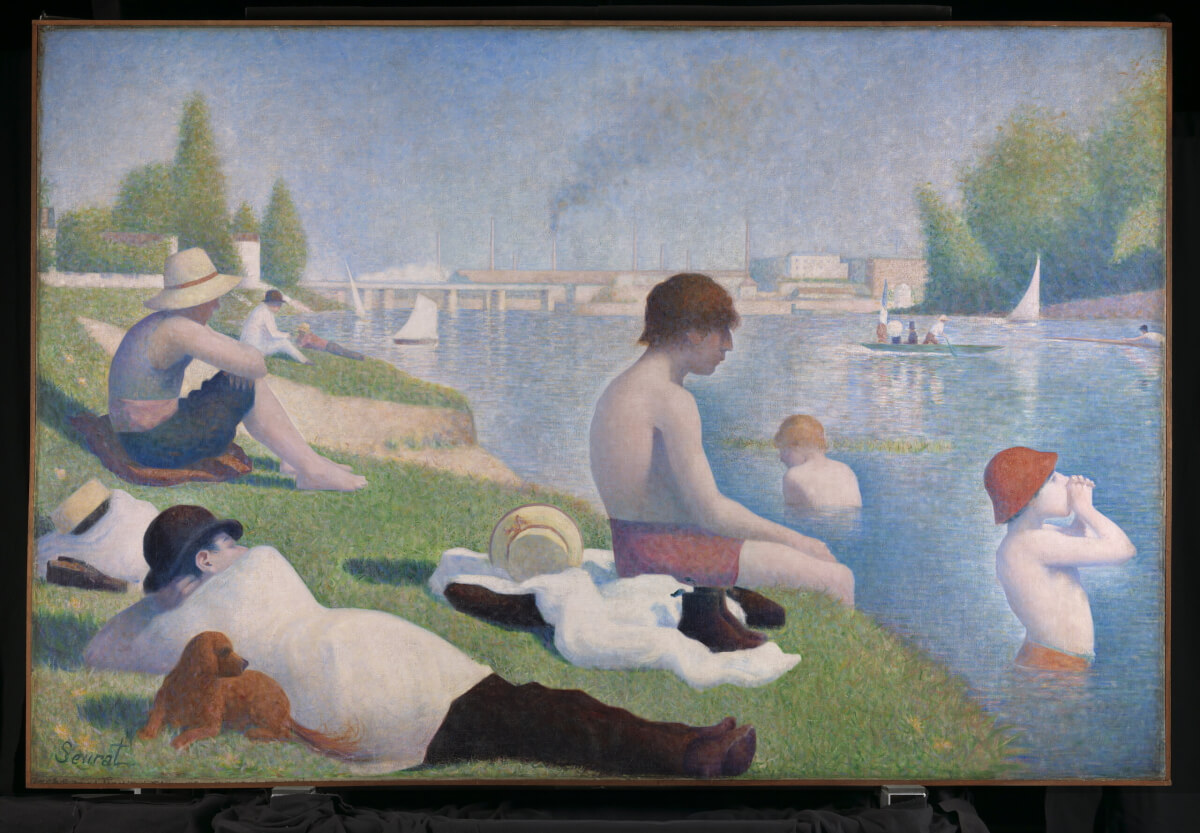
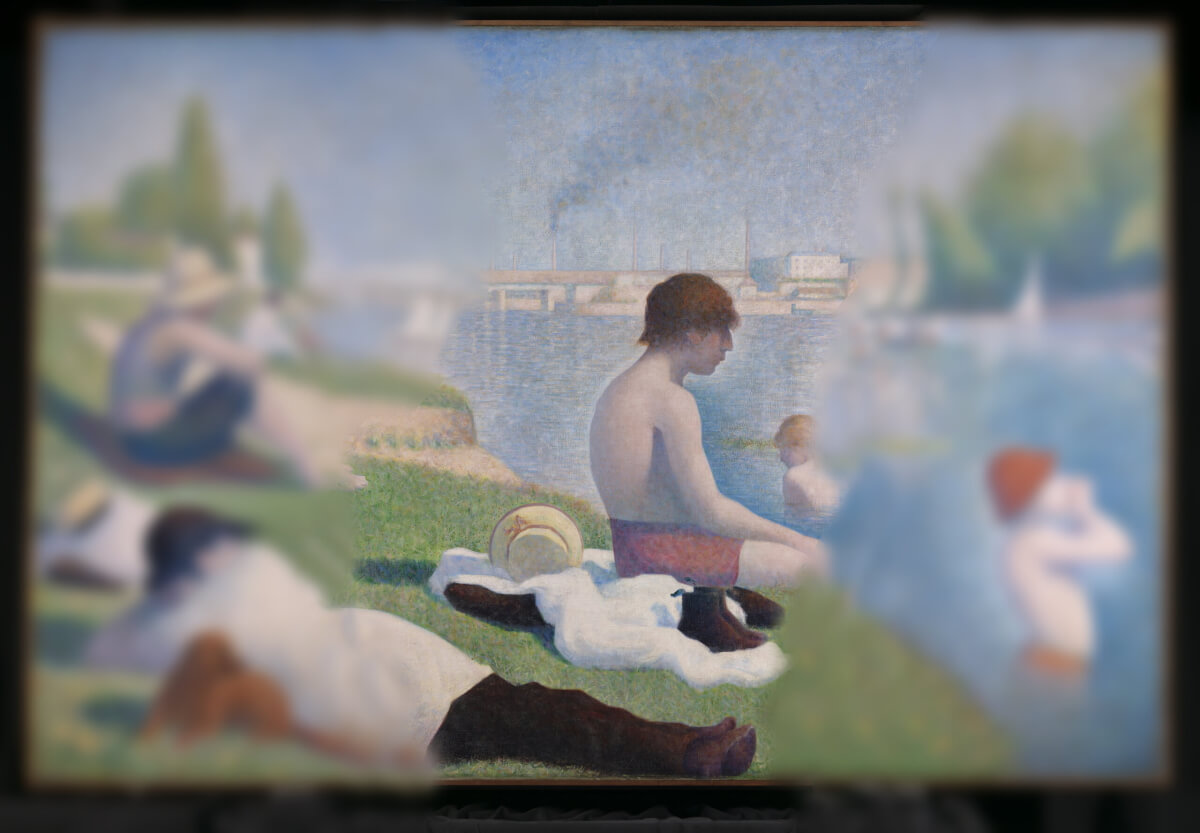
Glaucoma is a common eye condition where the optic nerve between the eye and the brain becomes damaged and is usually detected through a routine eye test. The condition, often referred to as the “silent thief of sight,” can be present without any symptoms, with almost half of those living with the condition being unaware that they have it.
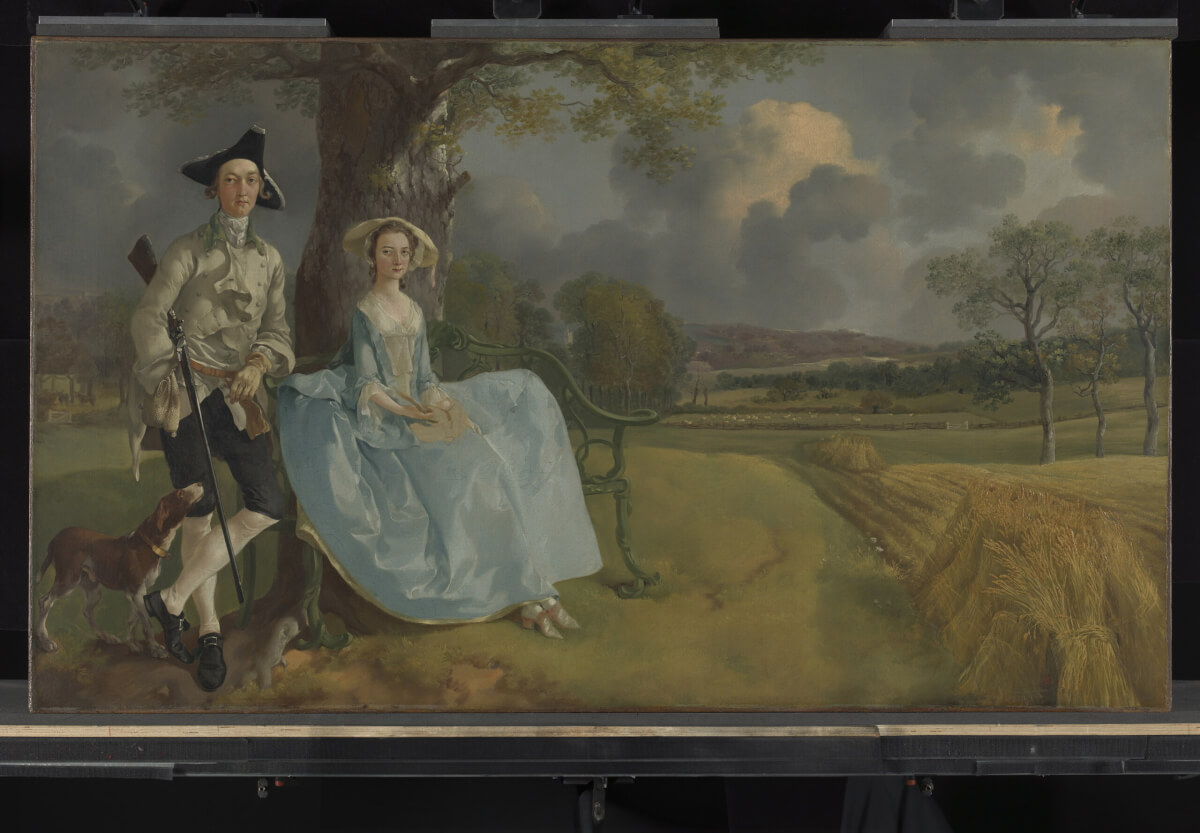
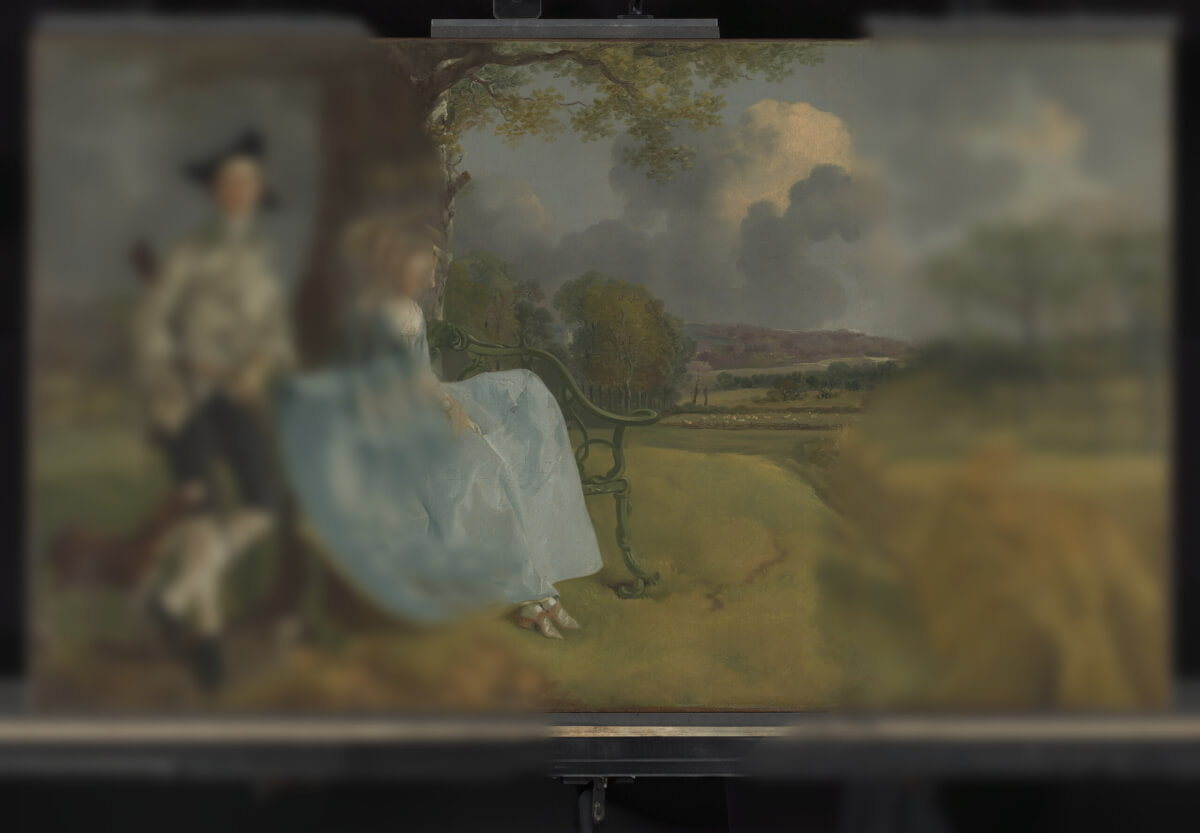
“This lends a crucial reminder to everyone about the importance of getting regular sight tests, to continue to enjoy not only their favorite artworks but also to detect early signs of conditions such as glaucoma,” says Tracy Jones from the National Gallery.
“Thankfully, the National Gallery offers a range of accessible facilities to help the public experience the collection, visit exhibitions, and come to events,” Jones continues. “Designed specifically for blind and partially sighted audiences, these events explore paintings on multi-dimensional levels – through words, music, and sounds.”
SWNS writer Richard Jenkins contributed to this report.
